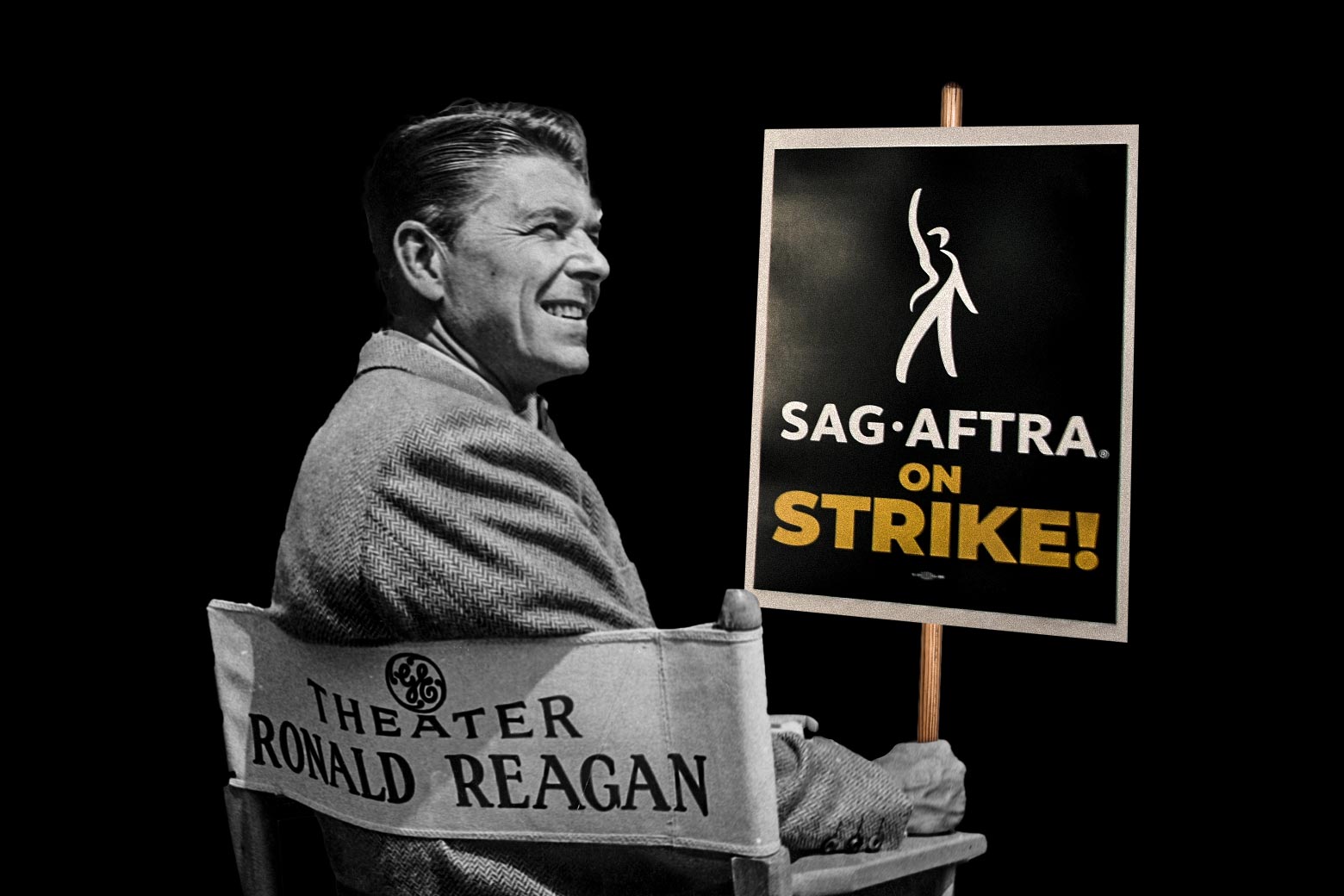Miranda Nazzaro
Fri, July 14, 2023
United Parcel Service (UPS) said Friday it will be training non-union delivery drivers in the coming weeks as the threat of a strike from tens of thousands of unionized workers looms closer.
In a statement Friday, shipping giant UPS said many of their employees will “participate in training that would help them safely serve our customers if there is a labor disruption.”
UPS said this “temporary plan,” will not affect its current operations or service for customers.
“These activities also will not take away from our ongoing efforts to finalize a new contract that increases our employees’ already industry-leading wages and benefits,” the statement continued.
Contract negotiations between UPS and the International Brotherhood of Teamsters fell apart last week, increasing the chances the estimated 340,000 workers could strike after their current contract expires at the end of July.
The UPS Teamsters, which represents over half of the UPS workforce, is fighting for better benefits and working conditions.
“What an insult this is to the hardworking men and women who do backbreaking work every day to make this company $100 billion a year,” a Teamsters spokesperson said. “The full-time drivers, and the part-time workers making poverty wages, deserve better from this company.”
UPS drivers make $18.05 an hour in Arkansas, $17.63 in Oklahoma and $21.02 in Connecticut, according to Indeed.
UPS made $11.5 billion in net income in 2022, as profits exceeded fourth-quarter expectations. The company’s 2022 operating profits hit more than $13 billion, for an operating margin of 13 percent.
Last month, the union voted 97% in favor of authorizing a strike should they not reach an agreement with UPS by the time their contracts are up on July 31.
Teamsters, UPS battle may be just a warmup for future Amazon fight, experts say
“If this multibillion-dollar corporation fails to deliver on the contract that our hardworking members deserve, UPS will be striking itself,” Teamsters General President Sean M. O’Brien said in a statement in June. “The strongest leverage our members have is their labor and they are prepared to withhold it to ensure UPS acts accordingly.”

A United Parcel Service delivery driver steers his truck, Friday, June 30, 2023, in the East Boston neighborhood of Boston. Teamsters General President Sean O’Brien, the head of the union representing 340,000 UPS workers, said a strike is on the table.
O’Brien joined members of Local 804 UPS in Brooklyn, New York on Friday morning in a practice picket line.
“Our United Parcel Service members in New York and all over the country have never been more prepared to strike,” O’Brien said Friday.
5 things to know about UPS strike as Teamsters contract talks fail
The Atlanta company often touts it is the single-largest employer of Teamsters in the United States and states it transports over three percent of global GDP and around six percent of U.S. GDP daily.
Jonathan Gold, vice president of supply chain and customs policy at the National Retail Federation, previously said a UPS Teamsters strike could cause a significant supply chain disruption, using the supply chain issues during the pandemic as an example.
If the strike does take place next month, it would be the first in over 25 years since workers walked out for 15 days in 1997.
Hiring non-union workers is likely an escalation of the tension between the Teamsters and UPS’s negotiating team.
“UPS is making clear it doesn’t view its workforce as a priority,” a Teamsters spokesperson said.
“Corporate executives are quick to brag about industry-leading service and even more quickly forget the Teamster members who perform that service,” she said. “UPS should stop wasting time and money on training strikebreakers and get back to the negotiating table with a real economic offer that respects and fairly compensates 340,000 UPS Teamsters.”

- Delivery vehicles remain idle outside a UPS depot, Thursday, June 29, 2023, in New York. A little more than a week after contract talks between UPS and the union representing 340,000 of its workers broke down, UPS said Friday, July 14, 2023, it will begin training many of its non-union employees in the U.S. to step in should there be a strike, which the union has vowed to do if no agreement is reached by the end of this month. (AP Photo/John Minchillo, File)
ASSOCIATED PRESS
MICHELLE CHAPMAN
Updated Fri, July 14, 2023
A little more than a week after contract talks between UPS and the union representing 340,000 of its workers broke down, UPS said it will begin training nonunion employees in the U.S. to step in should there be a strike, which the union has vowed to do if no agreement is reached by the end of this month.
UPS said Friday that the training is a temporary plan that has no impact on current operations.
“While we have made great progress and are close to reaching an agreement, we have a responsibility as an essential service provider to take steps to help ensure we can deliver our customers’ packages if the Teamsters choose to strike,” UPS said.
Last week both sides blamed the other for walking away from talks, which now appear to be at a stalemate with a July 31 deadline approaching fast.
Teamster-represented UPS workers voted for a strike authorization last month and union chief Sean O’Brien previously said that a strike was imminent. On Friday, O'Brien joined union workers in a picketing dry-run in Brooklyn, New York.
“UPS is making clear it doesn’t view its workforce as a priority. Corporate executives are quick to brag about industry-leading service and even more quickly forget the Teamster members who perform that service,” the Teamsters said Friday. “UPS should stop wasting time and money on training strikebreakers and get back to the negotiating table with a real economic offer.”
The Teamsters represent more than half of the Atlanta company’s workforce in the largest private-sector contract in North America. If a strike does happen, it would be the first since a 15-day walkout by 185,000 workers crippled the company a quarter century ago.
UPS has grown vastly since then and become an even more integral piece of the U.S. economy, with consumers relying on swift delivery of most essential home items. Small businesses who rely on UPS could also be left looking for alternative shipping options if the company’s remaining workforce wasn’t able to meet demand during a strike.
Businesses have already begun to prepare for a strike, seeking alternate services for delivery, but the strike would likely lead to significant disruption given the scale at which UPS operates.
UPS delivers around 25 million packages a day, representing about a quarter of all U.S. parcel volume, according to the global shipping and logistics firm Pitney Bowes. That’s about 10 million parcels more than it delivered each day in the years leading up to the COVID-19 pandemic.

















